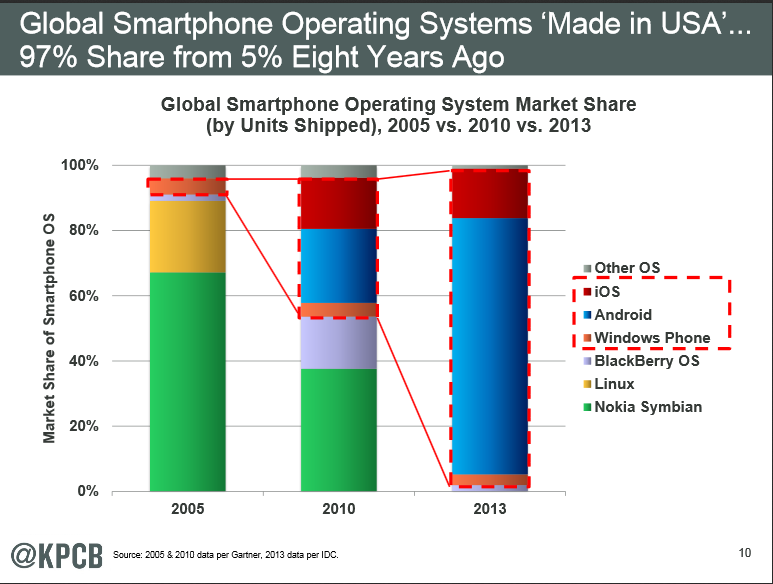All this Ebola talk and Patient-Zero stuff has got me all fired up to be an investigator! I can’t even imagine the nightmare it must be to try and track back all this illness to the first person. But, it’s also the coolest thing that they can actually do that!
What if we could trace back to ‘Employee-Zero’?
You know, that one hire, that one employee, that turned it all around for your organization. I’ve worked at some really successful companies, and I’ve worked at some companies that were successful and then on a downward trend. I like to think that my hire didn’t put us on a downward trend, but let’s face it, no one really did any due diligence to find out for sure!
You see organizational leadership do this all the time for bad hires and bad results. I have to say, usually, Chief Marketing Officers (CMOs) take the brunt of this. “Well, we were great before they hired that new CMO, then sales went into the tank and we haven’t been the same since!” CMOs become Employee-Zero more than any other single employee! They get way too much blame for bad results, and way too much credit for good results!
You almost never hear about Employee-Zero when it comes to good results! “Yeah, you know when we really took off, it’s when we hired Tim!” Bad results equal a bad individual hire. Good results equal a team of good employees and good hires. Like how that goes!? We like to place blame on a few, but give credit to many. Welcome to modern day leadership theory.
We measure almost everything in in HR and Talent Acquisition, you would think one of the new shiny data analytics companies would come up with some secret sauce on how to figure out which one of your employees is Employee-Zero. Why would it be important? If we could figure out why that one employee, or why certain employees early on made us successful, or put us on the path to success, don’t we really finally solve the hiring equation?
It’s a bit altruistic I know. The reality is we would be looking at historical data, the times have changed, the conditions have changed, there is no real way of us replicating that exact scenario again to get the same magical results. Regardless, I think it would be cool to know, I’m a HR geek that way. Talk about analyzing your hiring! I’m sure it’s just a matter of time, many organizations obviously have the data, we just need some data scientist to believe it matters.
What do you think? Do you know who your Employee-Zero is?

